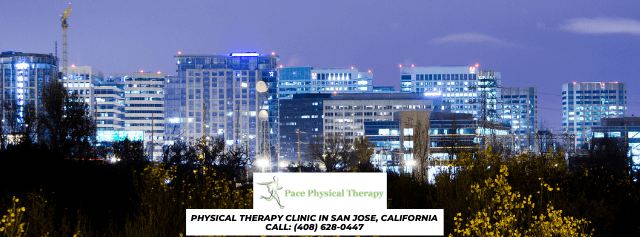Southern Pacific Railroad Steam Locomotive #1215
1650 Senter Rd, San Jose, CA 95112, United States

Transportation is a key ingredient in any developing city’s recipe for success. The railroad was King of Transportation in the 19th century. Without a direct link to the increasingly complex rail network, the expansion and development of the city has been severely limited. With this knowledge in hand, local developers and businessmen were motivated to link San José to the development of the rail network. The most important link was the first link between San José and San Francisco in 1864, five years ahead of the transcontinental railroad. This provided San José with an international maritime port to export its agricultural and industrial products.
After an additional rail line was connected to Sacramento in 1869, the San José community had a direct rail line through the newly constructed transcontinental railroad to the east coast. For local producers, these lines provided speedy, reliable transport of their goods to both the Eastern and Shipping markets of the overseas countries. In return, the rail routes made it much cheaper to transport materials such as coal , iron and oil to the Santa Clara Valley. These factors combined to further the rapid growth of the population of San José.
San José has become a thriving center for food processing , packaging and transhipment. The proximity of the area to the fertile valley lands and fruit orchards and to the diverse employment population of San José and Santa Clara has made the area a natural location for canneries, warehouses, cold storage facilities and related industrial uses. The Santa Clara Valley became the largest food processing region in the world between 1920 and 1960.
Since the 1950s, the importance of the area’s canning and trans-shipment role has decreased. The urbanization of the surrounding orchards and the emergence of interstate trucking as the predominant mode of transport have made the area less competitive with the Central Valley and other agricultural regions. Over the last 30 years, all the canning facilities have closed their doors, including the former Beechnut factory located directly across Senter Road from this display.
Built in 1913 by Baldwin Locomotive Works in Philadelphia , PA, this 75-ton locomotive is typical of the switch engines needed to support the many food processing industries that once dominated the landscape and economy of the Santa Clara Valley. Switch engines do not have lead or trailer trucks that allow locomotives to make sharp turns on side tracks and spurs common to industrial tracking. After these engines moved the railcars to a centralized yard, larger locomotives were used to move longer trains over mountain passes and wide distances.
Over a century ago, the cabooses were a familiar sight at the end of the trains. Essentially a travel agency, these vehicles provided space for the completion of shipping paperwork relating to the movement of freight over railroads. The cupola portion of the caboose allowed crew members to prevent the derailment by monitoring the train defect and shifting the freight. Advances in rail and computer technology have replaced manual observation and paperwork, reducing the need for cabooses. The train ends are now marked with a red light flashing device.
On 14 January 2013, the Missouri Pacific Railway caboose (# 13522) was coupled to the existing Southern Pacific Railroad steam locomotive in History Park. Both the locomotive and the caboose are owned by the affiliated HSJ, the California Trolley and the Railroad Corporation. After its retirement from the railroad and prior to its ownership of CTRC, this caboose was used as a private distributor on Park Avenue in San José before being stored in Salinas for several years. Funding for relocation has been generously provided by the San José Foundation Rotary Club.
This amazing historical landmark is just one of the many must-see landmarks you don’t want to miss in San Jose, California:
- Peralta Adobe-Fallon House Historic Site
- Luis Maria Peralta Adobe
- César Chávez Family Home
- History Park
- James Lick Mansion
- Winchester Mystery House
- St. James Park – San Jose History Walk Marker #23
- Olympic Black Power Statue
All of these wonderful landmarks are located just a short distance from our location located at 3880 South Bascom Avenue in San Jose, California! Stop by for a visit anytime!


